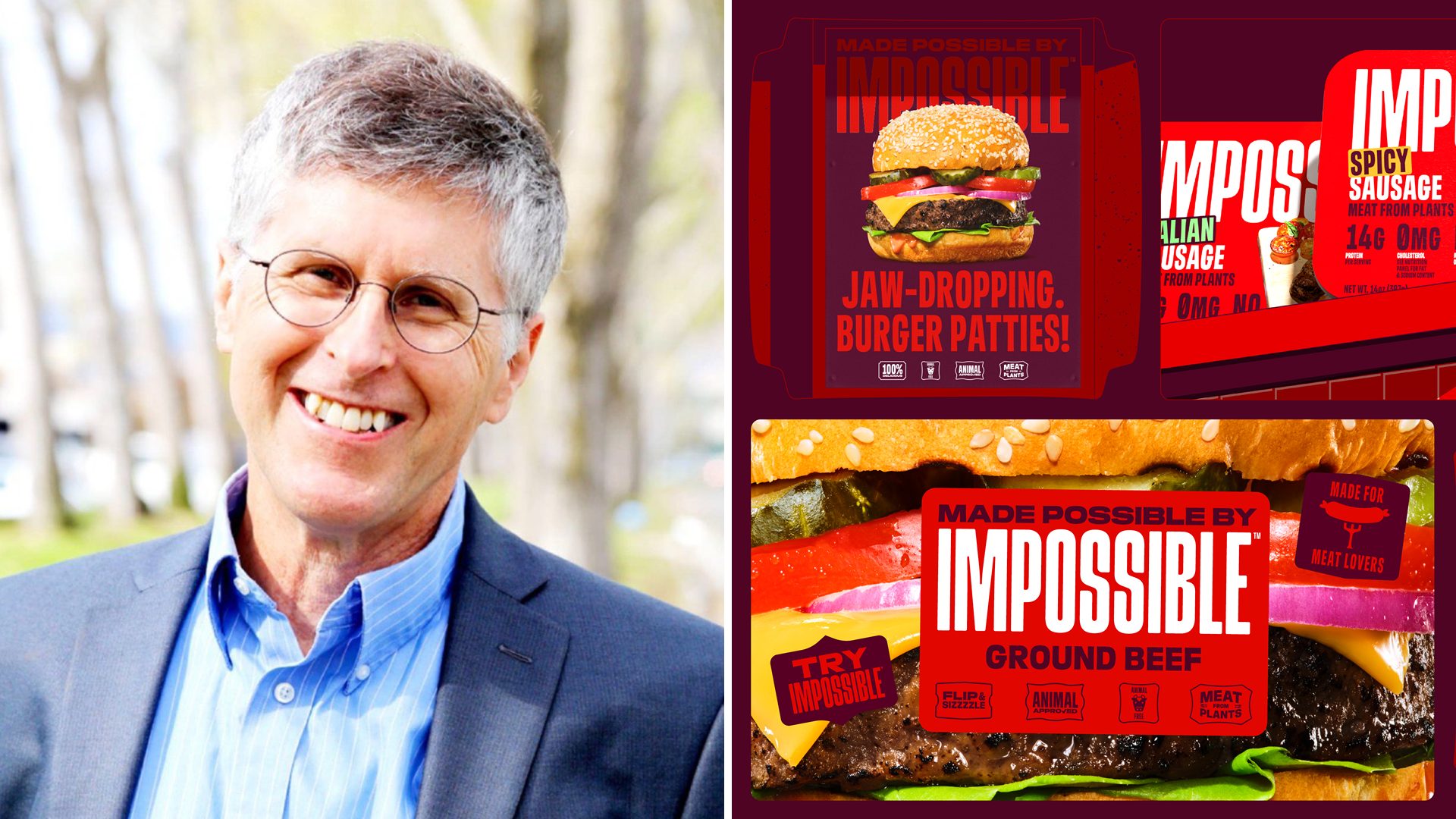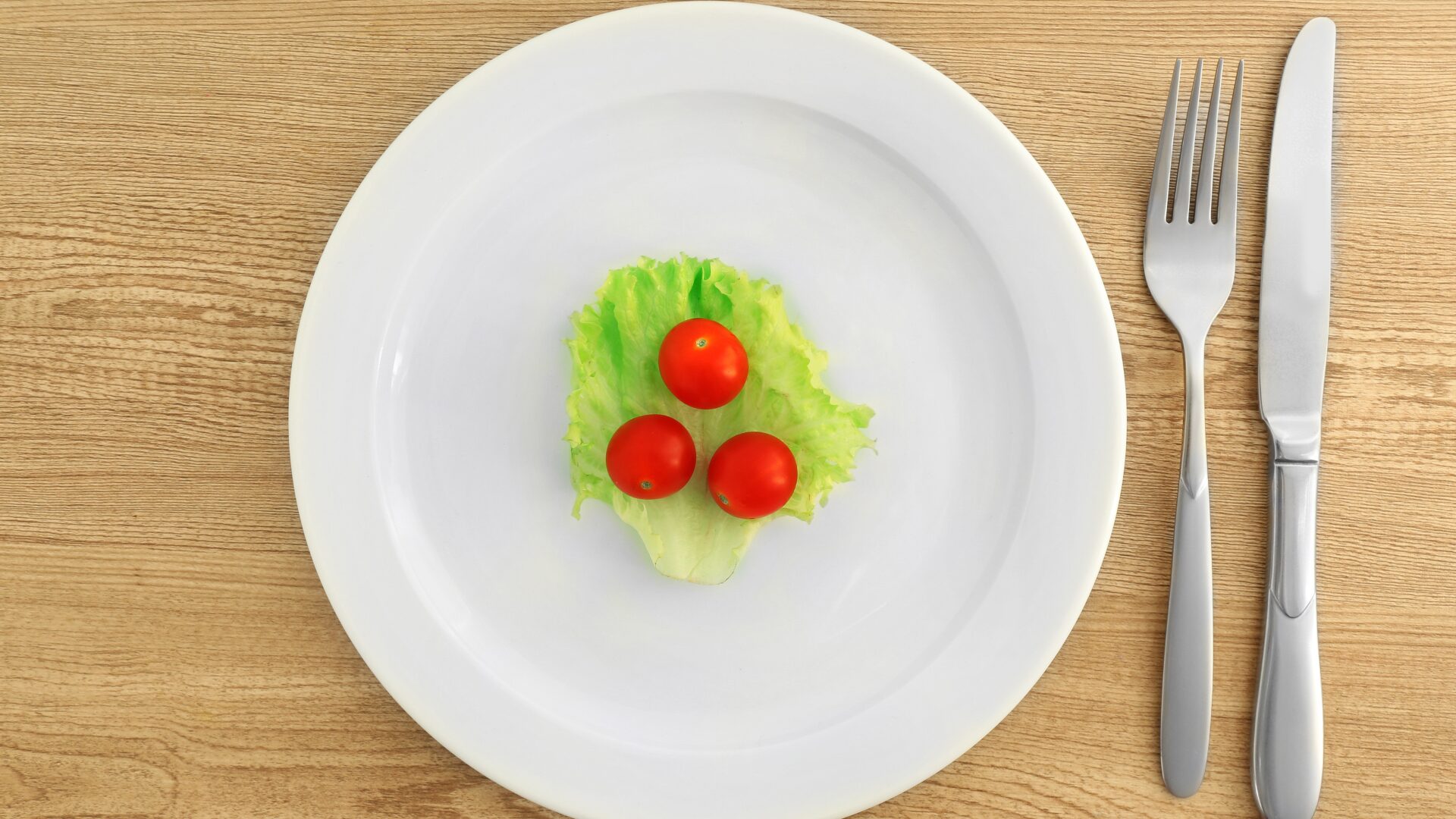In 1974, the United Nations hailed the blue-green microalgae spirulina as possibly the “best food for the future.” Nearly half a century later, food and beverage manufacturers appear to be catching on.
The spirulina market is expected to reach $730.3 million by 2028, growing at a CAGR of 9.5%, according to a report by Meticulous Research and European Algae Biomass Association.
Long considered a superfood, spirulina is one of the most nutrient-dense forms of plant-based protein on the planet. Like other forms of edible algae, it is also highly sustainable and requires far less water to harvest than land-based agricultural products.
“Adding spirulina to recipes is an easy way to boost protein intake, especially for those on a plant-based or vegan diet,” Lizzie Streit, a registered dietitian nutritionist and plant-based food blogger told The Food Institute. “Plus, spirulina is chock full of antioxidants — including the compound responsible for its color, phycocyanin.”
Category Challenges
While the benefits of consuming spirulina are clear, incorporating the ingredient into mainstream foods and beverages has had its share of hurdles.
Currently, the market is dominated by dried and powdered forms, many of which are cultivated overseas, which complicates traceability.
“Spirulina is susceptible to accumulating toxins and heavy metals, especially if grown and harvested in the wild instead of in controlled conditions,” noted Streit.
Furthermore, the process of spray-drying can strip spirulina of its core nutritional value and give the final product a strong fishy flavor, said Jonas Guenther, co-founder of fresh spirulina company We Are The New Farmers.
But more palatable alternatives are beginning to surface.
Dried blue spirulina — an extracted form of the microalgae’s pigment — offers similar nutritional benefits without the undesirable taste and has been growing in popularity as a natural food coloring with a functional “boost.”
The use of fresh spirulina, which boasts a milder flavor along with whole food benefits, is also gaining traction.
“Fresh spirulina is particularly interesting for companies that want to rely on limited processed ingredients, need to overcome the bitter flavor of dried spirulina, or prefer local suppliers,” Guenther told The Food Institute.
Use Cases
In the foodservice space, spirulina is most often used in beverage applications, including smoothies and raw juices. It currently appears on about 1% of U.S. menus, per Datassential, reflecting a 9.7% increase year over year and 61.6% growth over the past four years.
The ingredient can be found in a growing number of consumer packaged goods, from pasta and veggie dips to chocolate bars and ice cream.
It is making strides in the alternative meat sector as well. In April, Israeli foodTech start-up SimpliiGood announced it is developing the first commercial smoked salmon analog made entirely from whole fresh spirulina.
Major CPG players are also advancing into the market.
In 2020, Unilever partnered with Algenuity, a biotech start-up which specializes in developing microalgae for use in consumer products, to explore ways of bringing foods made with microalgae to the market.
“Microalgae offer much untapped potential as a viable, climate-friendly protein alternative,” Alejandro Amezquita, Future Bio-based Ingredients R&D Director at Unilever F&R said in a company statement. “They have a significant part to play in food system transformation.”











